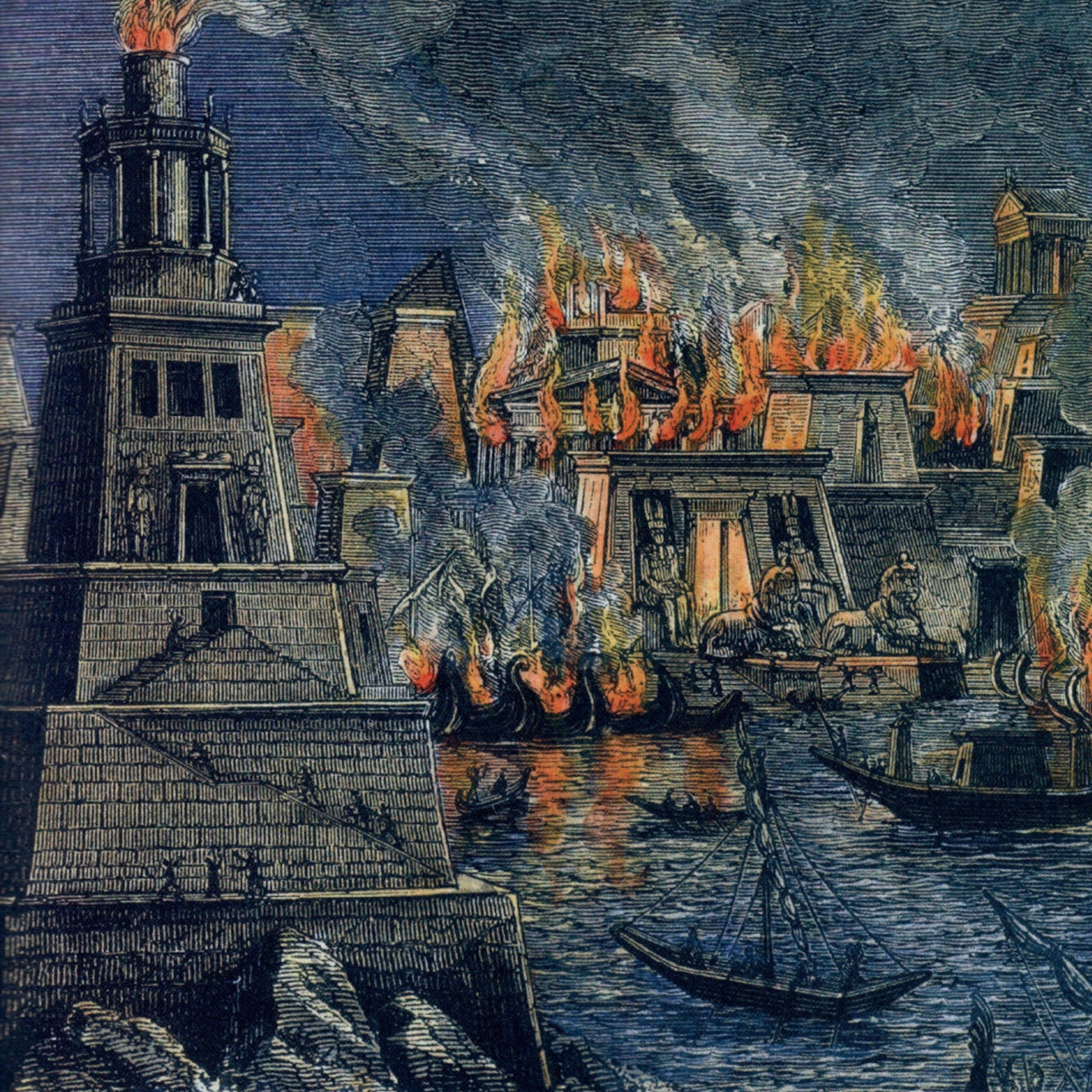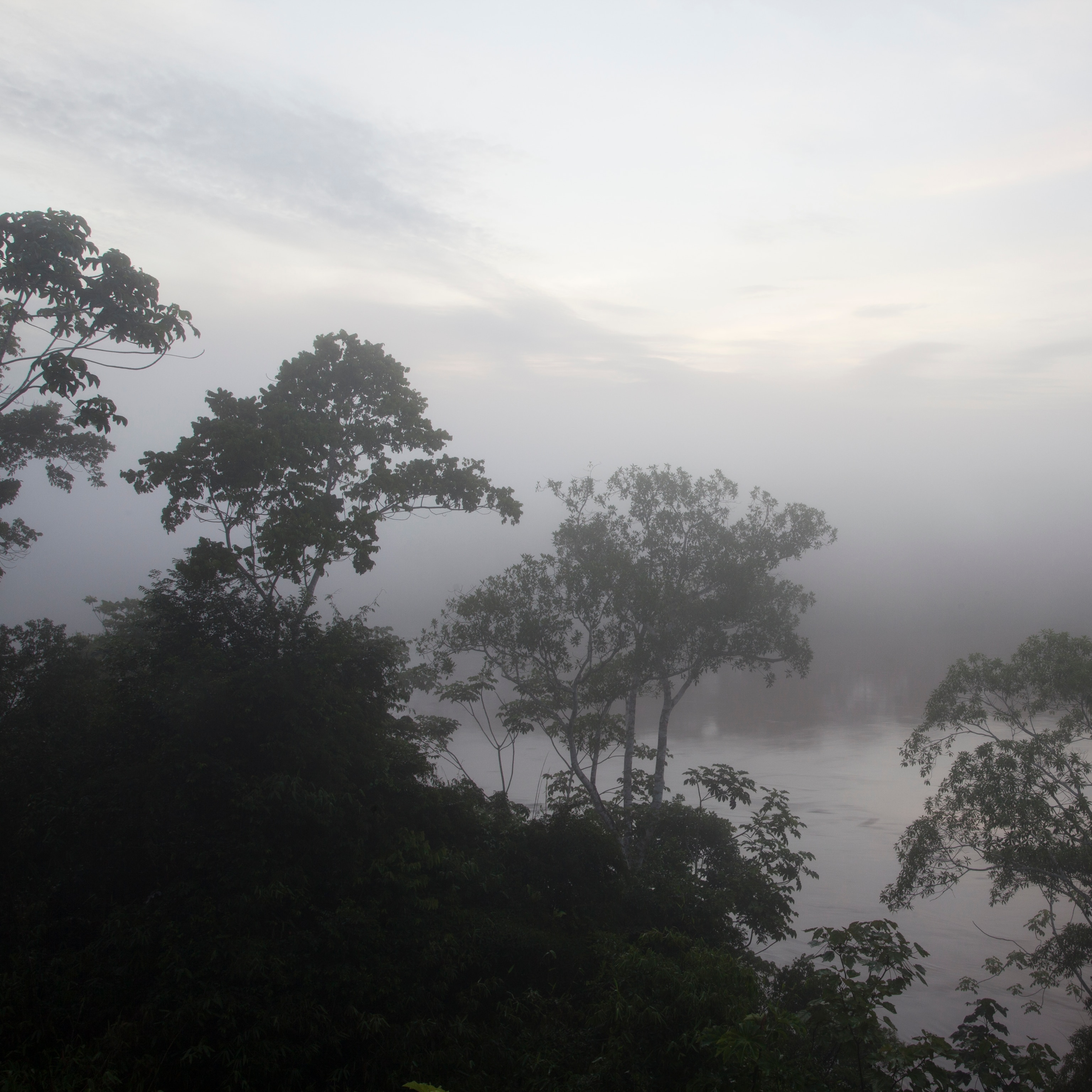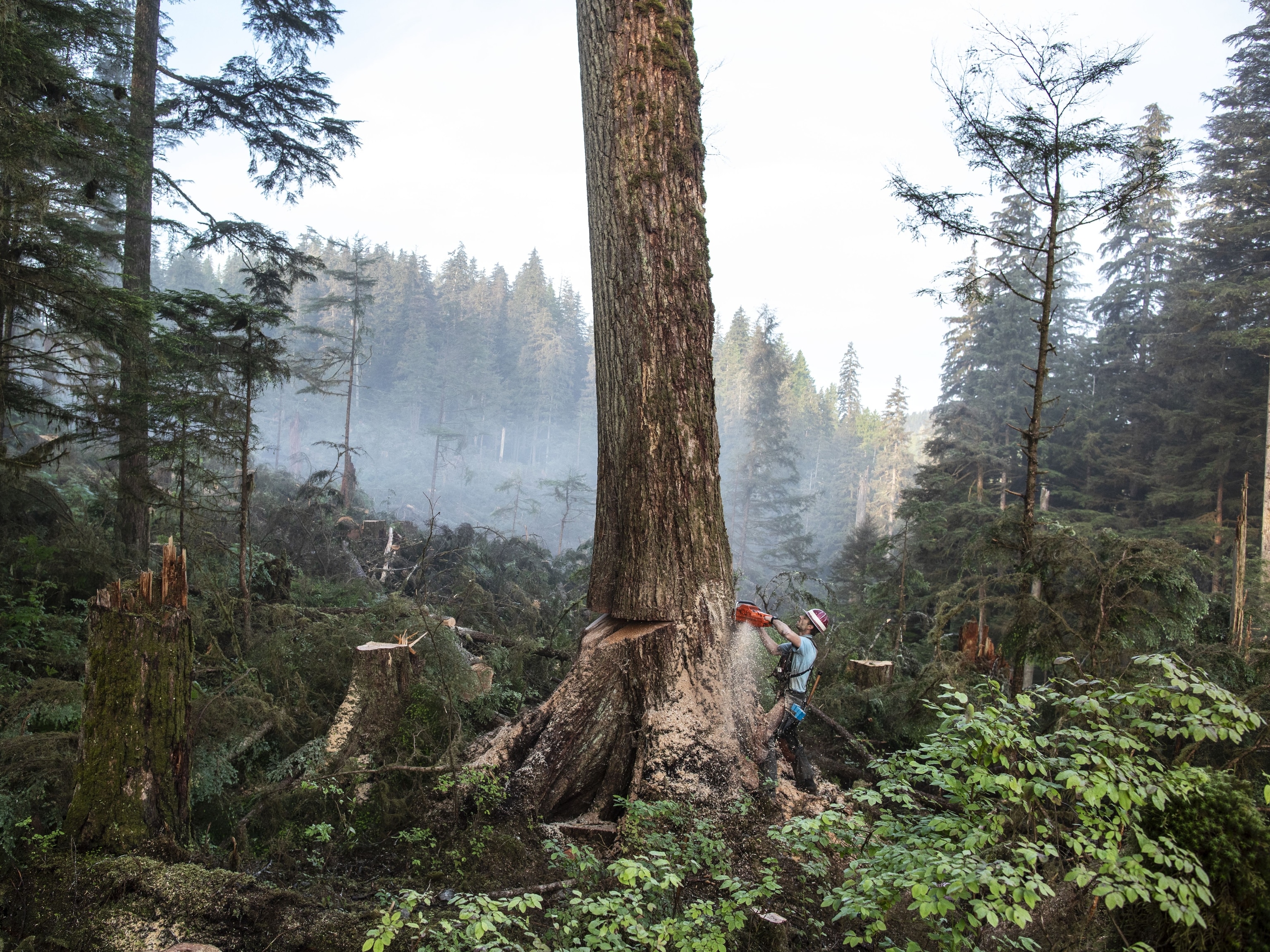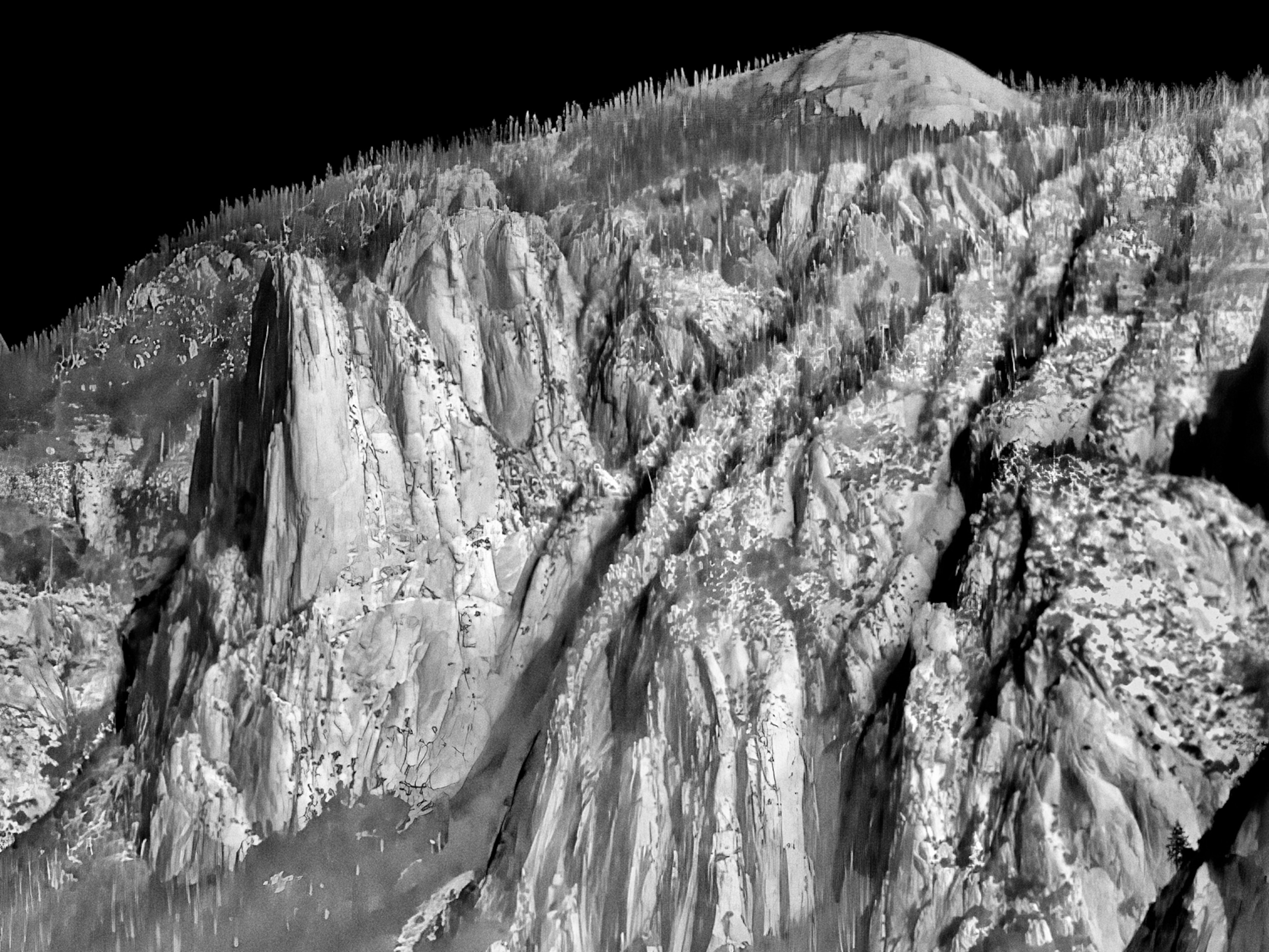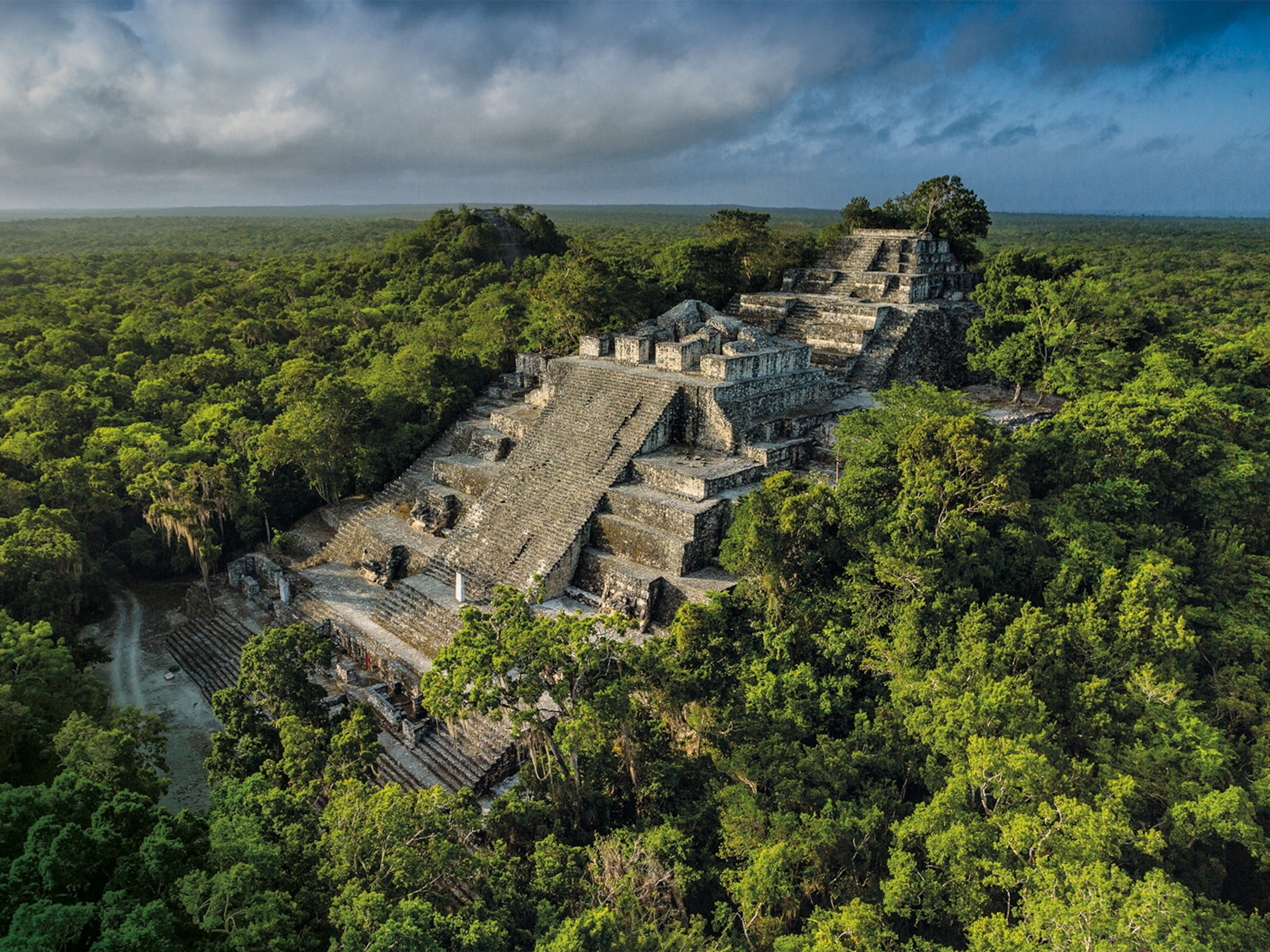
Ancient farmers burned the Amazon, but today's fires are very different
Parts of the Amazon are more prone to fire today because farmers thousands of years ago regularly set the undercarriage alight.
Across the burning Amazon, smoke is rising and fine particles of charcoal are falling softly to the ground. At last count, more than 93,000 fires were alight in the Brazilian Amazon, up more than 60 percent from the same time last year, and the highest number since 2010. According to NASA, this year’s fires are more intense than in previous years, too.
But Brazil’s National Institute of Space Research (INPE) has only been keeping fire records since 1998, and two decades isn’t long in the life of a forest where trees live for centuries and humans have been setting fires for millennia.
Paleoecology—the study of ancient environments—offers unique insights into how the first Amazonian peoples manipulated fire in the landscape, the effects of those fires on the forest’s ecology over time, and lessons that might help to prevent modern fires.
Layers of charcoal buried below the rainforest’s surface reveal that for thousands of years, the Amazon’s ancient inhabitants used fire to clear the forest floor for agriculture—and that it had a lasting effect, making those areas more fire prone today. But unlike many of the current fires, set to flatten the forest entirely, those indigenous fire practices left trees standing.
A dirty job
Paleoecologists take samples from lakebeds and soils and examine those tiny fragments of charcoal that accumulate after a fire. This is rugged, hands-on science—teams backpack boats and coring equipment through the forest to remote lakes, then drill cores into the sediment layers at the bottom. Radiocarbon analysis allows them to date when the fires occurred.
The first thing this kind of millennial perspective can show us is that there is virtually no natural fire in the Amazon, says Mark Bush, a professor of paleoecology at the Florida Institute of Technology.
“We have 4,000-year sequences with absolutely no hint of fire from the western Amazon—no charcoal, not a speck—and these are not in the wettest parts of the Amazon,” he says.
Most rainforest trees, with their thin bark and superficial root systems, cannot tolerate fire—and neither can the animals that live there.
“It’s a completely foreign, game-changing piece of ecology,” Bush says. “It affects everything from top to bottom in that system, and it will take many years for those plots to recover to anything that’s recognizable as rainforest.”
The extent of human influence on the rainforest before Europeans arrived is debated, but everyone agrees that fire only appears when humans do, Bush says.
“The signature of fire is a uniquely human signature in the Amazon. It comes right in with maize or manioc agriculture—you know exactly what’s going on; it’s people in that landscape,” he says.
We can’t say exactly how many people were there, but there were very extensive areas that were very heavily managed.Yoshi Maezumi, a Marie Curie Fellow at the University of Amsterdam
Flammable forests
Yoshi Maezumi, a Marie Curie Fellow at the University of Amsterdam and a National Geographic Explorer, has been investigating that transition in different parts of the Amazon, from Brazil to Bolivia.
In one study, Maezumi’s team took sediment cores dating back 8,500 years from Lake Caranã in the Brazilian state of Pará, near where the Tapajós River meets the Amazon. Humans settled in the area around 4,500 years ago, and began burning to clear space for agriculture, she says.
But this wasn’t wholesale destruction. Instead, they planted a variety of crops among the trees, increased the prevalence of edible species like brazil nuts and acai, and began enriching the naturally poor soils using a combination of compost, waste, and charcoal, creating soils so rich they’re still sought after by farmers today.
“We can’t say exactly how many people were there, but there were very extensive areas that were very heavily managed,” says Maezumi. Fire was a key part of their land-use strategy.
The charcoal records, together with pollen and other plant remains, showed that people were clearing the understory with frequent, low-intensity burning, which Maezumi says would have limited the buildup of fuels and may have prevented larger wildfires.
That maintenance mattered, because in altering the composition of the forest, the ancient Amazonians also made it more flammable and fire-prone—changes so profound that they can still be detected today.
Crystal McMichael from the University of Amsterdam was involved in a study that used remote sensing to measure the water content of the canopy in different parts of the Amazon.
“We actually got results we didn’t quite expect,” McMichael says.
They’d thought that the fertile forests where generations of pre-Columbian people had enriched the soil—creating what’s called terra preta, or Amazonian dark earths—would be more lush than surrounding areas.
Instead, trees on those sites had less green canopy and lower water content, especially in drought years. They also had slightly smaller trees and less tree cover.
That makes sense, says Maezumi: “Imagine a dense rainforest, really dark and wet, with no sunlight penetrating to the lower canopy. But when you go out and start clearing, once you get sunlight you get drying and warmer temperatures.”
What happens now?
The knowledge has implications for modern fire management—and the insights of paleoecology could potentially be used to inform how, when, and where burning is allowed in the Amazon.
Though Brazil’s president Jair Bolsonaro has been blamed for encouraging this year’s burning, in general government policies have suppressed the use of fire. In the drier, human-altered forests, that could actually have exacerbated the problem, Maezumi says.
When disease epidemics after European colonization wiped out as much as 95 percent of the Amazon’s indigenous inhabitants, the frequent, low-intensity burning stopped—and as the undergrowth returned, fuel loads increased.
These flammable forests—making up perhaps three percent of the Amazon—could therefore act as catalysts for wildfires, Maezumi suggests, enabling them to spread into neighboring old-growth stands.
“In the warmer, drier, more drought-prone world that we are facing—a world in which humans light fires—what could we do? We could identify the areas that are the most vulnerable, like these forests that were managed by pre-Columbian peoples, and target them as high-risk zones.”
What’s important, says McMichael, is that the ancient burning isn’t used to justify modern fires.
Humans might have burned some parts of the Amazon for thousands of years, but the fire records analyzed so far indicate that the scale of forest disturbance in the 21st century is probably unprecedented.
Maezumi’s sediment cores from Lake Caranã show the last few decades have laid down charcoal in the lake-bed at a rate four times higher than during the peak of the pre-Colombian period.
That would mean there’s nothing in the charcoal archives that can tell us what happens next, says McMichael.
“The fires that we see in the paleo record are temporally less frequent, seem to be spatially less extensive across the landscape, and didn’t occur everywhere. So really, we don’t know what happens if you introduce fire into a lot of those other areas,” she says.

